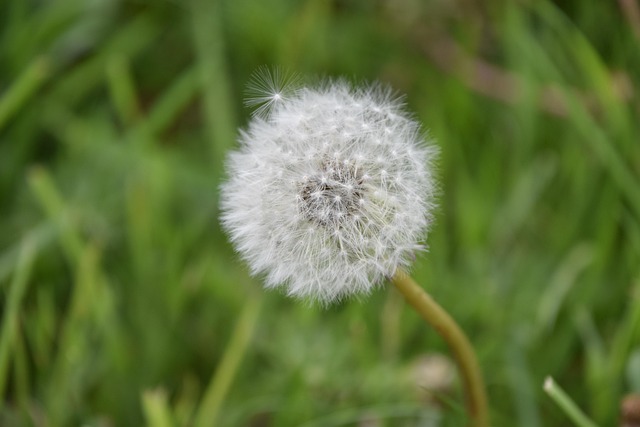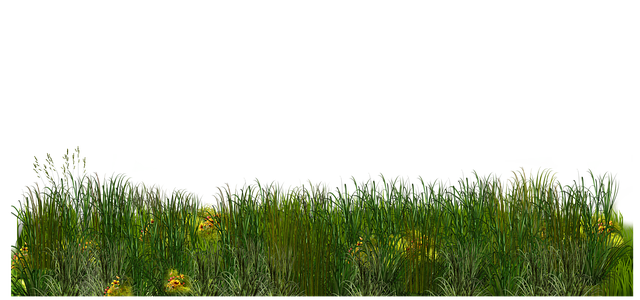Castle Pines residents prioritize vegetation management for utility easements by focusing on root health. Techniques like strategic watering, organic matter incorporation, and selecting native grass species promote robust roots, leading to a vibrant, resilient lawn. Continuous monitoring, proactive issue resolution, and structured vegetation management ensure optimal root health, enhancing the community's landscape aesthetics and ecosystem resilience.
Lawn plant root health is the unseen hero behind lush, vibrant greenery. Understanding and nurturing these intricate networks is crucial for maintaining healthy lawns, especially within Castle Pines’ valuable utility easements. This article delves into the foundational aspects of root health, explores strategies to boost root development in easements, and provides best practices for continuous monitoring and maintenance. Discover how effective vegetation management techniques can enhance outdoor spaces in Castle Pines.
- Understanding Root Health: The Foundation of Vibrant Lawn Vegetation
- Strategies for Enhancing Root Development in Utility Easements
- Best Practices for Continuous Monitoring and Maintenance in Castle Pines' Outdoor Spaces
Understanding Root Health: The Foundation of Vibrant Lawn Vegetation

Root health is the cornerstone of any lush and vibrant lawn. Understanding the intricate network beneath your feet is essential to achieving a thriving outdoor space, especially when managing vegetation in utility easements like those found in Castle Pines. These roots are not just anchors holding the plants in place; they absorb essential nutrients and water, enabling robust growth. A well-maintained root system ensures that each blade of grass receives the necessary support, leading to a healthy, uniform lawn.
In the context of Castle Pines’ utility easements, vegetation management plays a crucial role in preserving root health. This involves selective pruning, removing competing plants, and ensuring adequate spacing to allow for optimal root development. By prioritizing root vitality, residents can expect improved lawn aesthetics, enhanced resistance to pests and diseases, and better overall vegetation management, resulting in a thriving landscape that complements the charming community environment.
Strategies for Enhancing Root Development in Utility Easements

In the context of vegetation management for utility easements in Castle Pines, fostering robust root health is paramount to maintaining lush and vibrant lawns. Strategies such as strategic watering techniques, where deep but infrequent irrigation encourages deep root growth, can significantly enhance root development. This method contrasts with shallow, frequent watering that promotes shallower root systems. Additionally, incorporating organic matter into the soil improves its structure and fertility, creating an ideal environment for roots to thrive.
Further, selecting lawn grasses suited to the specific microclimates of Castle Pines ensures optimal growth conditions. Native grass species, for instance, are often more resilient and adapted to local conditions, reducing water and maintenance requirements. Regular monitoring and quick response to any issues, like pest infestations or disease outbreaks, also play a crucial role in promoting healthy root development. This proactive approach to root health boosters ensures that lawn plants in utility easements remain robust and contribute to the overall aesthetic appeal of Castle Pines.
Best Practices for Continuous Monitoring and Maintenance in Castle Pines' Outdoor Spaces

In Castle Pines, maintaining optimal root health for lawn plants requires a holistic approach, especially considering the challenges posed by varying weather conditions and the presence of utility easements. Continuous monitoring is key; regular assessments allow for early detection of issues such as drought stress or pest infestations that can negatively impact roots. Homeowners and landscape managers should adopt a proactive mindset, implementing sustainable practices tailored to the local environment.
Effective maintenance involves keeping vegetation management in utility easements structured and organized. This includes trimming trees and shrubs regularly to prevent overgrowth that could obstruct essential services. A balanced approach ensures both accessibility for maintenance workers and a healthy ecosystem. Additionally, utilizing organic fertilizers and practicing proper watering techniques directly contribute to stronger root structures, fostering overall lawn resilience.
In conclusion, maintaining robust lawn plant root health is pivotal for achieving vibrant vegetation in Castle Pines’ outdoor spaces. By understanding the foundational role of roots and implementing strategies like those discussed for utility easement management, residents can ensure continuous monitoring and optimal maintenance. Adopting best practices tailored to this unique landscape ensures a lush and thriving tapestry of greenery that enhances the overall beauty of our community. Effective vegetation management for utility easements in Castle Pines is not just about aesthetics; it’s about fostering a healthy, sustainable environment for all to enjoy.
